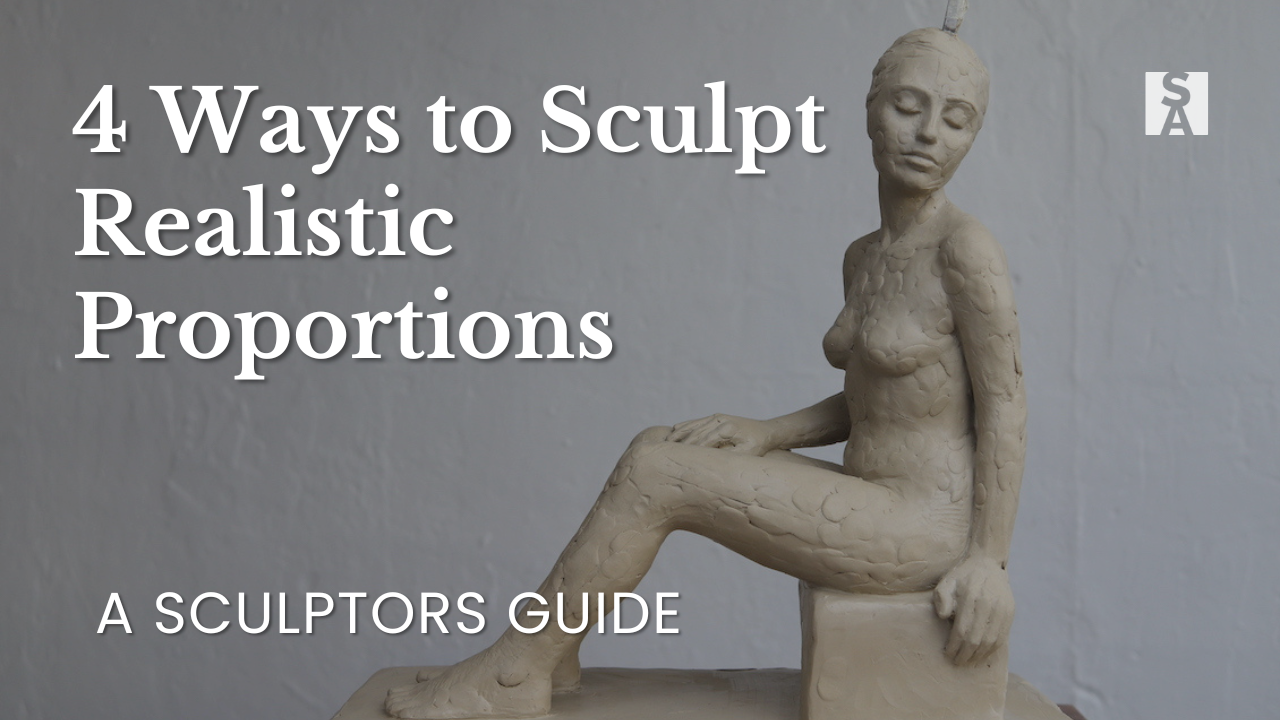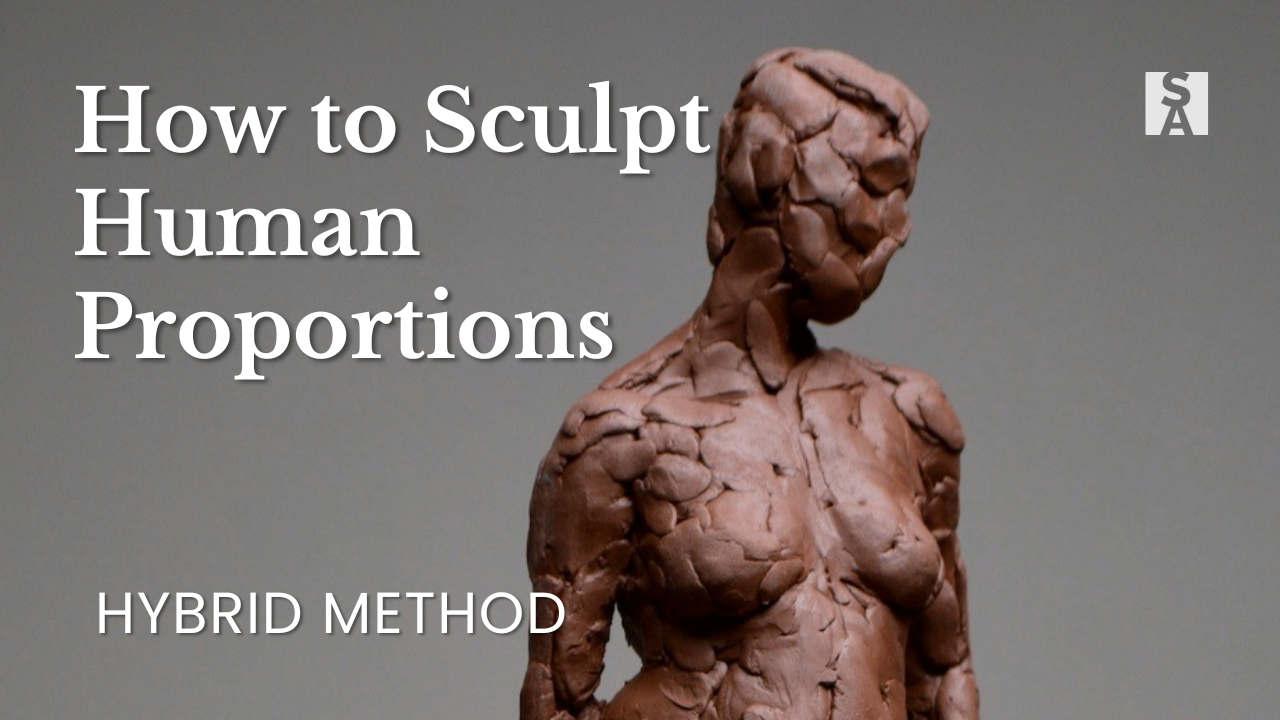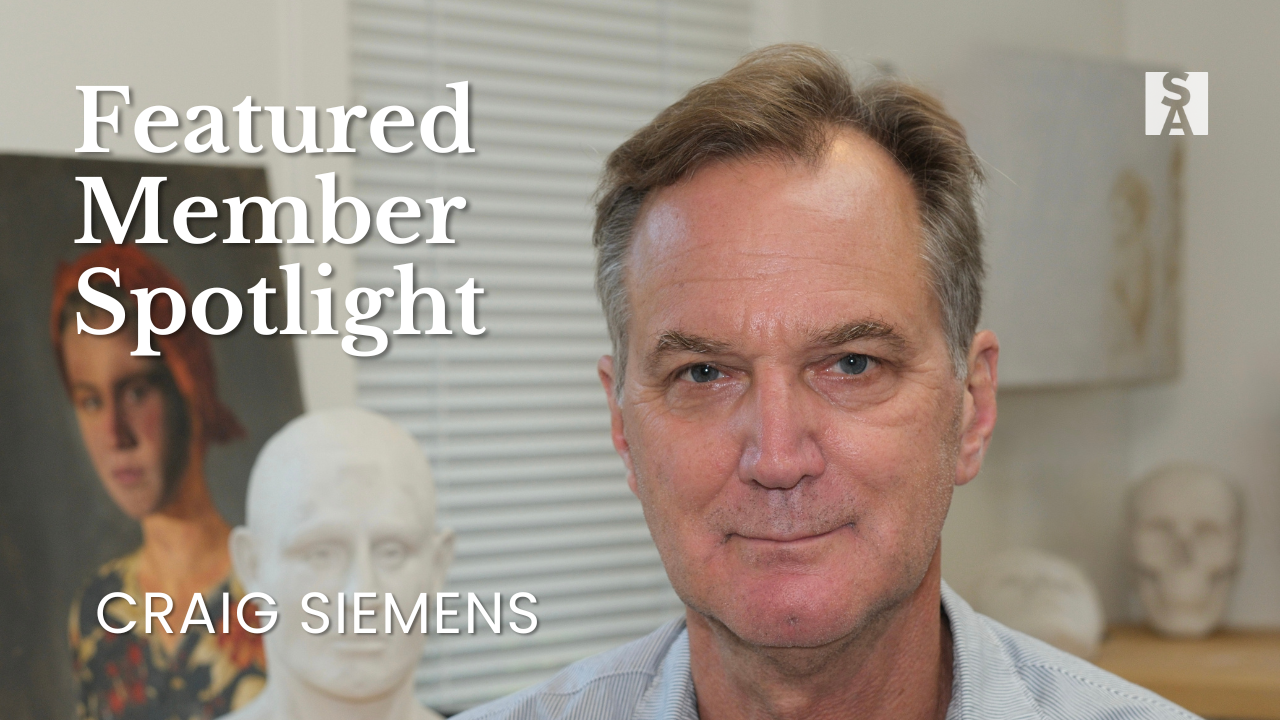Measuring Techniques for Accurate Proportions in Sculpture

If you're creating a figure sculpture of a real person - whether from a live model, a friend, or photos you’ve taken - getting the proportions right can be a challenge.
This is where learning how to measure proportions in sculpture makes a real difference.
In this post, you’ll learn how to use direct measurements from your model to sculpt more accurately, the exact tools to use, and how to avoid the most common mistakes beginners make when trying to capture correct proportions from life or reference.
This post is part of a 4-part series on how to sculpt realistic human proportions.
In this article, we’ll focus on a foundational skill: training your eye through observation.
Explore the other methods in the series:
- How to Sculpt Realistic Proportions: Visual Observation for Sculptors
- How to Use a Canon of Proportions in Sculpture
- How to Sculpt Human Proportions with a Flexible Hybrid Approach
What Is Direct Measurement in Sculpture?
Direct measurement is one of the most reliable measuring techniques in sculpture. It involves using physical tools to take exact measurements from your subject and transfer them to your clay figure.
You’re not estimating or applying general proportions - you’re sculpting based on real data.
This method is especially useful when sculpting:
- A portrait or figure of a specific individual
- A sculpture that must adhere to a specific scale (ex: life-size)
- From a live model or a cast
- Anytime you need a high level of accuracy
Tools for Measuring Proportions in Sculpture
To measure accurately, you need tools that work with 3D form - a simple ruler won’t do the job. Here's what I recommend:
An Essential Tool: Sculpture Calipers

Calipers are an essential sculptor's tool. They allow you to:
- Compare distances between anatomical landmarks
- Scale your sculpture up or down easily
- Maintain proportion consistently across the entire figure
There are even specialty scaling calipers that convert a 1:1 measurement into a new size automatically - ideal for enlarging or reducing work.
→ Download the Free Tool Guide to get my full sculpting supply list, including the calipers I recommend:

Scaling Tips for Sculpting at Any Size
If you're sculpting at a different size than your model (for example: half-life-size) you’ll need to apply a consistent ratio to all your measurements. Use calipers to record the original proportions, then apply a simple scaling formula to resize everything accurately.
3 Tips to Measure Proportions in Sculpture Effectively
Here are some foundational tips for applying measurement in your sculpting process:
1. Use Skeletal Landmarks

Always measure from stable bony structures (e.g., skull, elbow to wristbone, rib cage, etc) instead of just soft tissue, which can shift and vary based on posture.
The length of a bone will not change over time, so it is the most reliable measurement to use.
2. Measure Each Unit of the Body
Each unit of the body moves independently. Measuring them as separate blocks (e.g., head, ribcage, pelvis, limbs) helps you establish accurate spatial relationships early in the process. For example:
- Skull
- Ribcage
- Pelvis
- Upper leg
- Lower leg
- Hand
- Foot
- etc
These become the building blocks of your figure, which you can position to create the full pose.
3. A Word of Warning: You Can't Measure Gesture!
Even when using measurements, it’s important to verify what you’re seeing. Relying on measurement alone can give you a false sense of accuracy. Training your eye through visual observation is the best way to sculpt gesture, flow, and emotional presence.
→ Learn more about training your eye here.
When to Use Measuring Techniques in Your Process

Use measurement primarily at the blocking-in stage, when you’re establishing the structure and large masses of your sculpture. Getting these foundational relationships right early on sets you up for success.
Once the big proportions are accurate, you can trust your eye more confidently to refine details and bring the sculpture to life.
You can also revisit your measurements regularly throughout the sculpting process to maintain these dimensions and keep your work realistic and accurate. This helps you to catch shifting proportions before they become bigger issues.
Benefits of Using Direct Measurement

Using direct measuring techniques in sculpture helps you:
- Sculpt more quickly and with more confidence
- Catch mistakes early while you can still fix them
- Achieve a likeness to your subject more consistently
- More easily scale your sculpture up or down
- Sculpt commissions to specific dimensions
- Create a series of sculptures in a consistent scale
Even advanced sculptors benefit from using direct measurements, not as a crutch, but as a tool for accuracy.
Challenges with Measuring Techniques
Direct measurement is a fundamental skill, but it’s not as simple as it may seem at first glance.
These are common challenges students encounter when trying to do this on their own:
- Lacking access to live models or reference casts
- Without proper technique, measurements can be inaccurate, leading to frustrating mistakes
- Difficulty finding photo references suitable for sculpture that include reliable measurements
Mastering direct measurement involves more than just buying a set of calipers.
It requires guidance on how to take effective measurements, when and how to combine direct measurement with other methods for the best results, and how to train your eye to see beyond the measurements and truly capture the life and gesture of the figure.
That’s why in the Atelier program, you’ll find clear instruction on using direct measurements effectively, along with practical resources like photo references customized for sculptors to help develop these skills.
Combine Measuring With Other Proportional Methods
Direct measurement is powerful, but no single method gives you everything.
While it offers precision, especially when sculpting specific individuals, measurement alone can feel limiting if not balanced with other techniques.
That’s why I teach a flexible Hybrid approach that combines:
- Direct Measurement for accuracy and precision
- Visual Observation to capture gesture, rhythm, and flow
- Canons of Proportion for quick and easy rules of thumb
Each method has its strengths. Learning how to combine them effectively gives sculptors the flexibility to work with confidence across different subjects, scales, and goals - whether you're sculpting from life or building figures from imagination.
Learn to Sculpt with Direct Measurements
If you want to build confident, proportional figures then learning to use direct measurement is key.
Inside the Atelier Figure Sculpting Program, you’ll learn how to apply measurement techniques effectively, alongside the broader techniques needed to sculpt realistic human portraits and figures from start to finish.
→ Join the waitlist to get notified when registration opens
ARE YOU ON THE LIST?
Online Atelier Program for Sculpture:
Master the foundations of traditional clay figure sculpting.
Next Enrolment January 2026.
Enter Your Details Below to Get Notified:
You can unsubscribe at any time.





